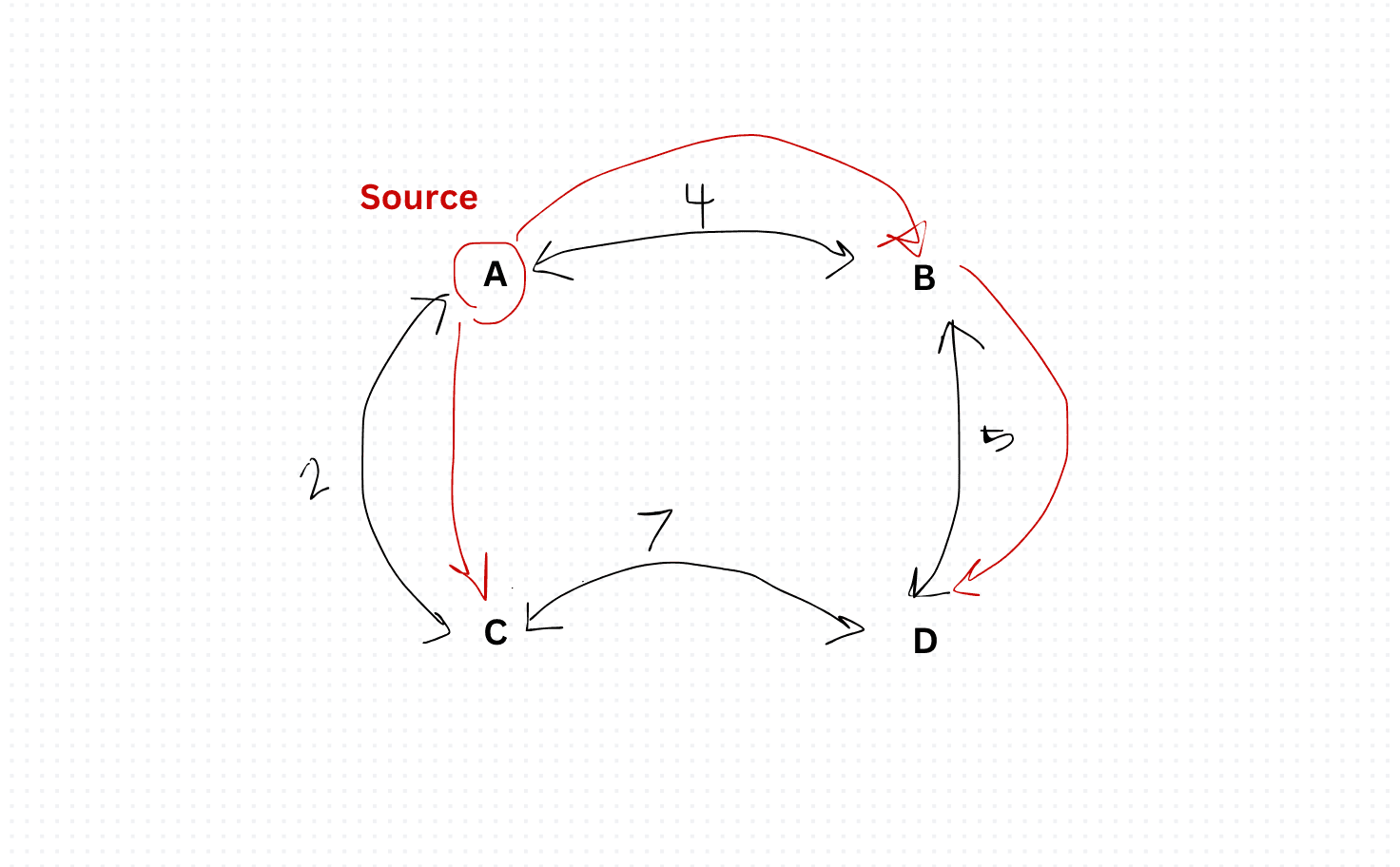Dijkstra's Algorithm
Let's talk about Dijkstra's Algorithm. It's this super cool thing in computer science that helps us find the shortest path between two points in a graph. Sounds fancy, right? Well, it is, but don't worry, I'll break it down for you.
So, imagine you have this maze of nodes and connections. Each connection has a distance associated with it. Dijkstra's Algorithm helps us navigate through this maze and find the shortest path from one node to another.
Here's how it works:
- Start at the Source: You pick a starting point, let's call it the source node.
- Explore Nearby Nodes: Look at all the nodes connected to the source and calculate the distance from the source to each one.
- Choose the Shortest Path: Pick the node with the shortest distance from the source. This becomes your current node.
- Repeat: Keep repeating steps 2 and 3, but now from your current node. Keep track of the shortest distance to each node as you go along.
- Destination Reached: Once you reach your destination node, you've found the shortest path!
Now, let's see some JavaScript in action. Here's a basic implementation of Dijkstra's Algorithm:
const graph = {
'A': {'B': 4, 'C': 2},
'B': {'A': 4, 'D': 5},
'C': {'A': 2, 'D': 7},
'D': {'B': 5, 'C': 7}
};
const dijkstra = (myGraph, source) => {
const distances = {};
const visited = {};
const queue = [{ node: source, distance: 0 }]
while (queue.length > 0){
queue.sort((a,b) => a.distance - b.distance);
const { node, distance } = queue.shift();
if (!visited[node]) {
visited[node] = true;
distances[node] = distance;
Object.keys(graph[node]).map((secondNode) => {
queue.push({
node: secondNode,
distance: graph[node][secondNode] + distances[node] || 0
})
})
}
}
return distances;
}
console.log(dijkstra(graph, 'A'))Pretty cool, right? With just a few lines of code, we can find the shortest path through a maze of nodes and connections.
